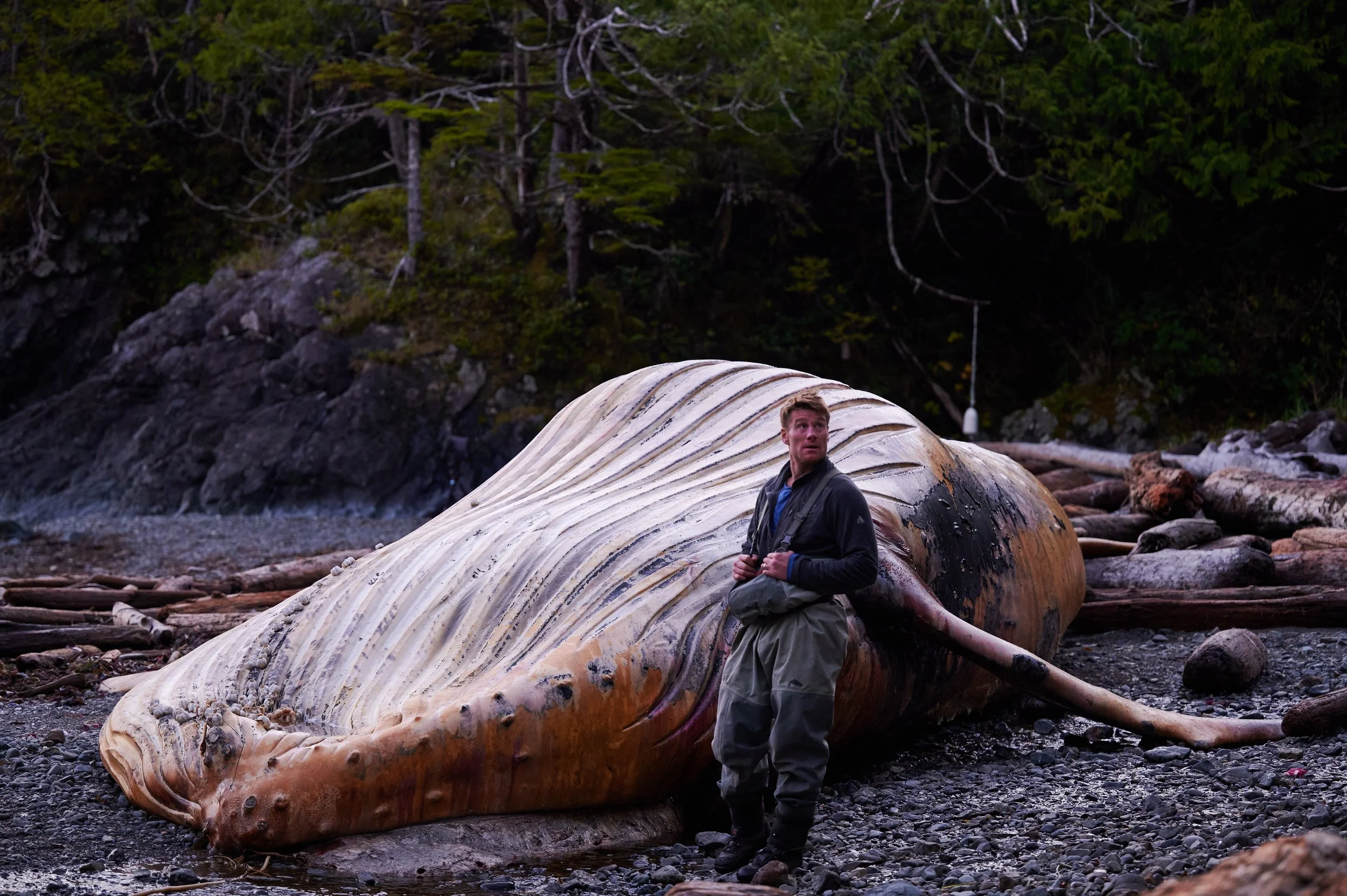Hola Adventurers!
A beautiful Johnny Jumper!It's Spring! Whoop, whoop! Forget those roots and twigs you were foraging for this winter. It is that time of year again when abundance returns to the land and collecting edibles is such a joy. With so many choices, where do you start?!?
Lots of Johnny Jumpers! Here is one beauty to look for: Viola pensylvanica, a member of the violaceae family, or more commonly known as, violets. These young guns are wild though. There are over 800 or so species in the genera, so imma just stick with these yellow ones I found in the meadow behind my house. You really can't miss 'em.
Johnny Jumpers.They are one of the first colors to emerge from the dark forest floor. With heart-shaped green leaves and little yellow petaled flowers, how could you not pick a few? Pay attention when walking through a shaded meadow or on the edge of a forest. The plants can grow from 1-12 inches, producing a single yellow flower with 5 petals (3 lower, 2 side) rising above a carpet of heart-shaped leaves with sharp tips. This species spreads by rhizomes, so you will find them growing in dense clumps. I have yet to find a source which confirms the leaves as edible, so stick to eating the flowers only.
Johnny Jumper. A fun fact that I ran in to is that the flowers are the larval host and/or nectar source for the silver-bordered butterfly. I know, right! So don't pick all of the flowers, leave some for the larvae! So, in conclusion, you definitely CAN'T make a meal out of violets, but you CAN impress your friends by adding them to a dish you've made. Pretty up that bowl of wieners and beans that you made for your girlfriend by adding some edible wild violets, she'll thank you for it!!! Adios for now!

